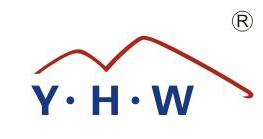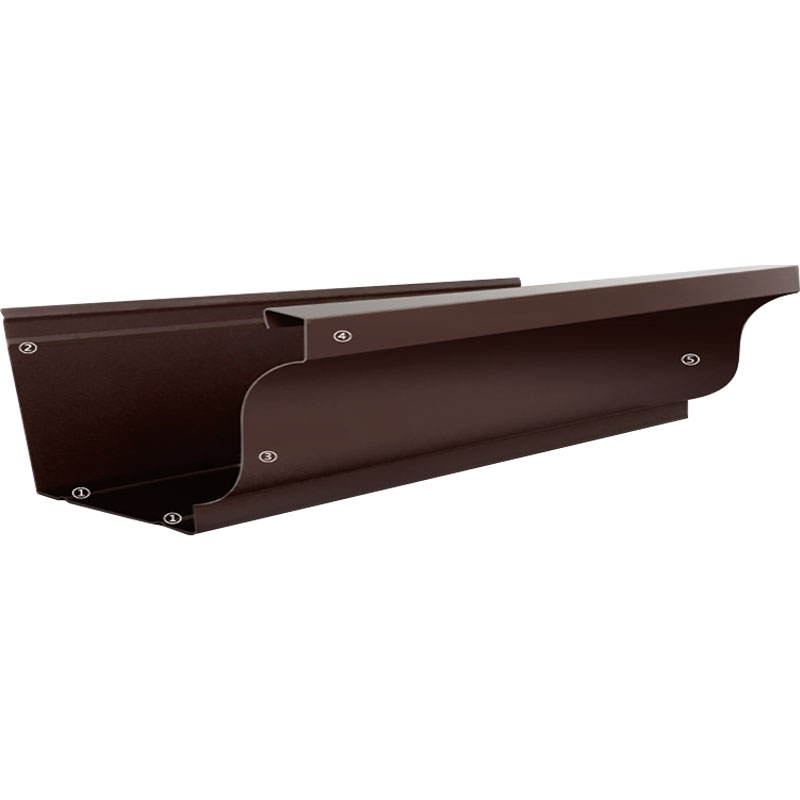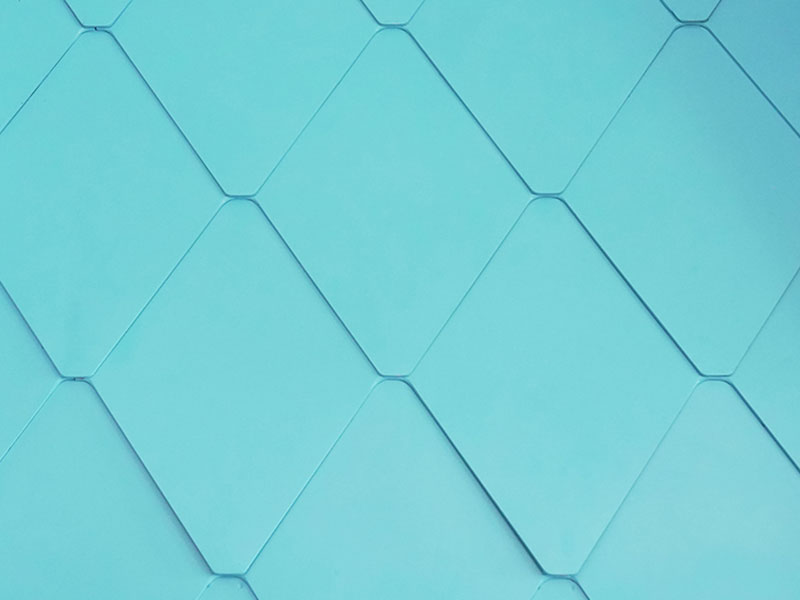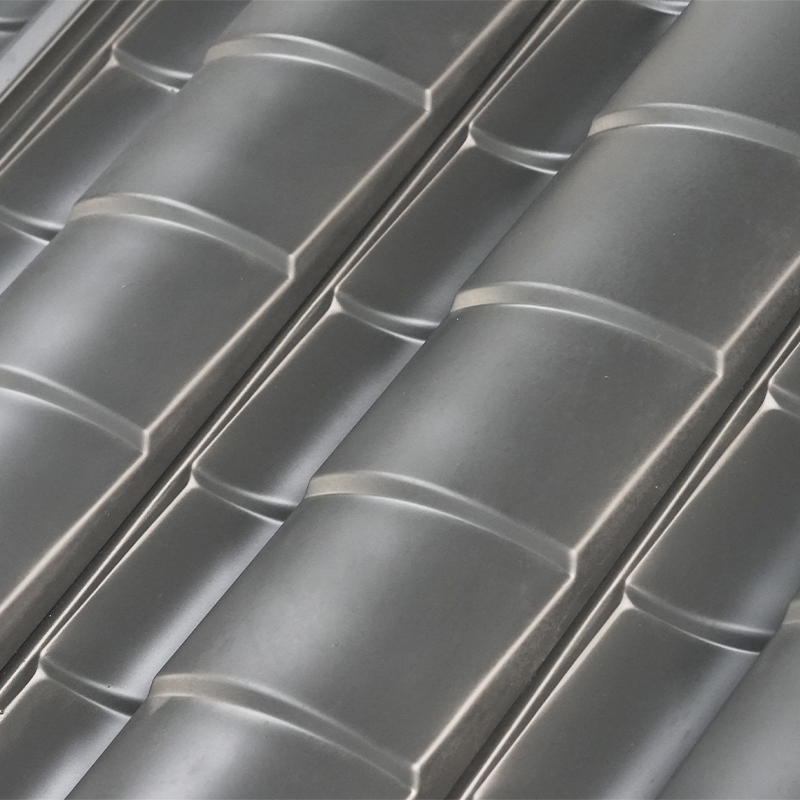Aluminum roofing sheets have become a popular choice for residential, commercial, and industrial roofing applications due to their light weight, corrosion resistance, and long service life. One of the key advantages of aluminum roofing is the variety of profiles or designs available, each tailored to different structural requirements, weather conditions, and aesthetic preferences.
1. Corrugated Aluminum Roofing Sheets
Corrugated sheets are among the most widely used aluminum roofing profiles. Recognizable by their continuous wavy pattern, these sheets are both functional and economical.
Design: Rounded waves that run parallel across the sheet.
Applications: Agricultural buildings, warehouses, temporary shelters, and residential carports.
Benefits:
Excellent drainage and water runoff.
Enhanced strength due to the corrugated form.
Easy to install and lightweight.
The corrugated design enhances the sheet's rigidity without significantly increasing its weight, making it a cost-effective solution for both rural and urban roofing needs.
2. Trapezoidal (Box) Profile Sheets
Trapezoidal or box profile aluminum sheets feature a pattern of angular ridges and valleys, offering a modern look with improved structural integrity.
Design: Sharp, trapezoid-shaped ribs spaced evenly across the panel.
Applications: Industrial roofs, commercial complexes, and large-span buildings.
Benefits:
Higher load-bearing capacity.
Strong resistance to wind uplift and impact.
Ideal for buildings that require long-lasting protection with a contemporary finish.
Box profiles are often chosen for their ability to span larger distances between purlins and for their robustness in high-wind or heavy-load environments.
3. Standing Seam Aluminum Roofing
Standing seam profiles represent one of the most advanced and aesthetically refined roofing options available today. They consist of long panels with raised seams that interlock vertically.
Design: Seam ribs stand above the flat of the panel, often with concealed fasteners.
Applications: Modern homes, institutional buildings, and architectural projects.
Benefits:
Sleek and clean appearance with uninterrupted lines.
Excellent thermal movement accommodation.
Superior waterproofing due to the hidden fasteners and interlocking seams.
This profile is popular in upscale constructions where both visual appeal and long-term performance are critical.
4. Tile Profile Aluminum Sheets
Tile profile sheets are designed to mimic the appearance of traditional clay or concrete tiles while offering the advantages of metal.
Design: A repeating pattern of curved or ridged shapes resembling roof tiles.
Applications: Villas, suburban homes, churches, and renovation projects.
Benefits:
Aesthetic enhancement with a classic tiled look.
Much lighter than real tiles, reducing structural load.
Durable and easier to install compared to traditional roofing tiles.
These sheets provide the best of both worlds — the appearance of tile with the performance of aluminum.
5. Step Tile Profile Sheets
Step tile roofing is a variation of the tile profile, distinguished by step-like elevations along the length of the sheet.
Design: Distinct stepped form within each tile segment.
Applications: High-end residential properties and stylish architectural structures.
Benefits:
Visually striking appearance with depth and texture.
Enhances water runoff on sloped roofs.
Added stiffness and durability due to the stepped design.
This profile is often chosen where aesthetics play a crucial role, especially in buildings that combine modern materials with traditional design elements.
6. Flat Aluminum Sheets
Flat aluminum sheets, sometimes referred to as plain sheets, are unprofiled sheets that can be used in various architectural or custom applications.
Design: Smooth, flat surface without corrugations or patterns.
Applications: Roofing accessories, wall cladding, custom flashing, and facade systems.
Benefits:
High flexibility for bending and fabrication.
Ideal for bespoke designs and detailing.
Can be used in combination with other profiles.
These sheets are often coated or anodized to achieve specific finishes and colors, making them suitable for visible architectural features.
7. Embossed or Textured Aluminum Sheets
Embossed aluminum roofing sheets feature raised patterns such as stucco, diamond, or leaf grain, providing both function and visual interest.
Design: Surface textures pressed into the sheet during manufacturing.
Applications: Decorative facades, ceilings, and anti-slip walkways.
Benefits:
Enhanced visual appeal and surface strength.
Increased resistance to scratches and minor dents.
Helps diffuse light and reduce glare in certain environments.
These sheets are less common for roofing but are often used in specialty applications where both performance and appearance are important.
Comparison Table of Common Aluminum Roofing Profiles
| Profile Type | Appearance | Key Benefits | Common Applications |
| Corrugated | Wavy | Good drainage, low cost | Farms, garages, temporary structures |
| Trapezoidal (Box) | Angular ribs | Strong, high load resistance | Warehouses, industrial buildings |
| Standing Seam | Seam with hidden fasteners | Sleek, leak-resistant, modern aesthetics | High-end homes, institutions |
| Tile Profile | Curved, tile-like | Classic look, lightweight | Residential, churches, heritage buildings |
| Step Tile Profile | Raised tile steps | Decorative and strong | Premium residential projects |
| Flat Sheet | Smooth and plain | Customizable, easy to fabricate | Flashing, cladding, architectural features |
| Embossed/Textured | Patterned (e.g., stucco) | Visual appeal, anti-scratch surface | Decorative ceilings, panels, walkways |
Conclusion
Choosing the right aluminum roofing sheet profile depends on the specific requirements of your project—whether you prioritize strength, visual appeal, ease of installation, or long-term performance. From the familiar corrugated profile to high-end standing seam systems, aluminum roofing sheets offer a versatile range of designs to suit virtually any building type or climate condition.
By understanding the distinct characteristics and applications of each profile, contractors, architects, and homeowners can make informed decisions that align with their structural needs and design vision.




 English
English русский
русский Español
Español عربى
عربى















